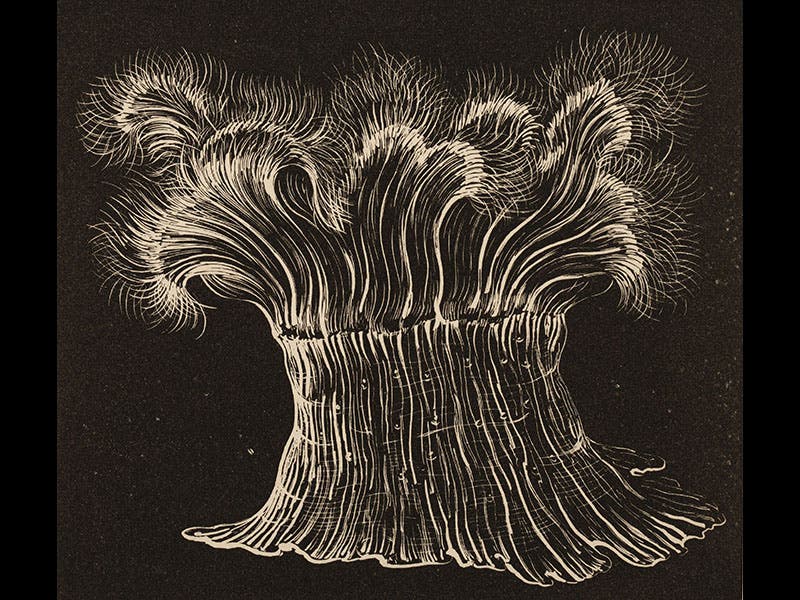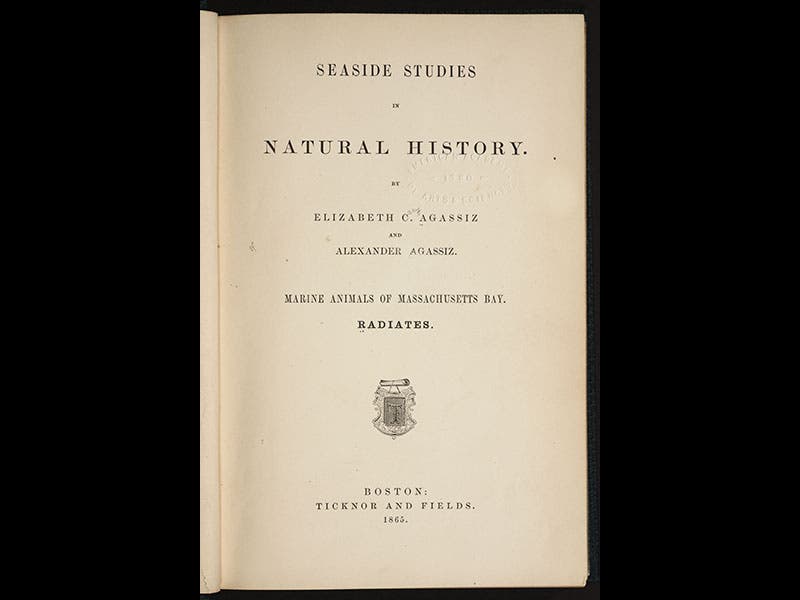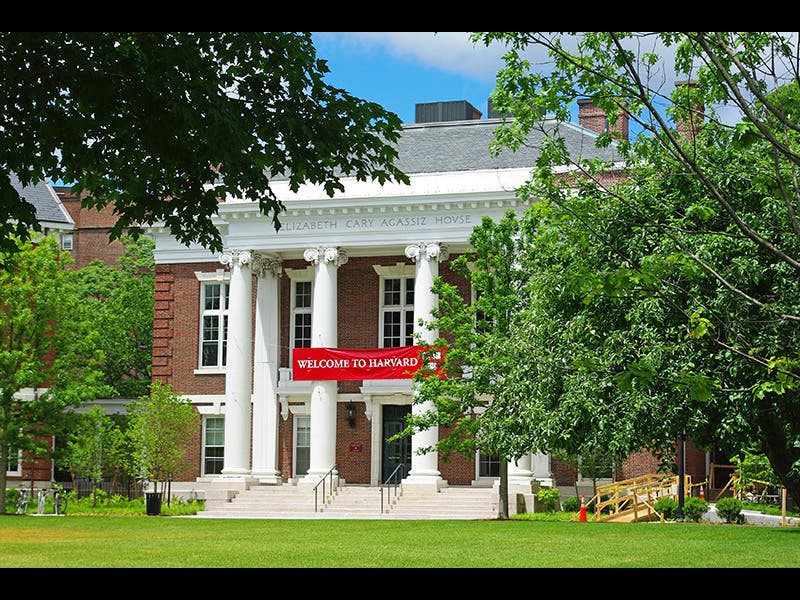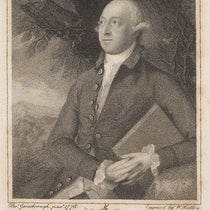Scientist of the Day - Elizabeth Cary Agassiz



Elizabeth Cary Agassiz, an American naturalist, was born Dec. 5, 1822. When she was a young woman, Elizabeth met the Swiss naturalist and author of the glacial theory, Louis Agassiz, who had recently moved to the United States and taken up a position at Harvard. Elizabeth and Louis were married in 1850. Elizabeth assisted Louis in his collecting and went on several expeditions with him, including one to Brazil. She published several popular books on natural history in the 1860s, but generally she remained in Louis's shadow until his death in 1873. Once a widow, Elizabeth became very interested in helping other young women acquire an education in science, and she was one of the seven founders of the "Harvard Annex," where women could unofficially take college classes, sometimes from willing Harvard professors, otherwise from educated women like Elizabeth. In 1894, the Harvard Annex became Radcliffe College, and Elizabeth Agassiz became Radcliffe’s first president, a position she held until 1899.
There are 3 cartons of Agassiz’s papers, containing her diaries and 39 folders, in the archives of the Schlesinger Library at Harvard. One folder sounds very intriguing: "31. 1893-1904 Papers relating to the Perkins Institute - Kindergarten for the Blind." The Perkins Institute in South Boston is where Hellen Keller spent her pre-teen years, from 1888-94, and Keller later attended Radcliffe College, 1900-1904, while Elizabeth still held the post of honorary president. It would be interesting to learn if these two crossed paths in any significant way. There is no mention of Helen Keller in the one biography written about Elizabeth Agassiz, back in 1919, but one can wonder. You may peruse the contents of her archives yourself, if you are looking for a research project.
Elizabeth’s popular natural history books have been generally overlooked, but Seaside Studies in Natural History (1865; fourth image), which she wrote with her son Alexander, is quite readable and attractive, with its many delicate wood engravings of coastal marine invertebrates, such as anemones (second image) and jellyfish (third image).
Elizabeth is buried with Louis Agassiz in Mount Auburn Cemetery in Cambridge, underneath the glacial erratic boulder that Louis chose to represent his discovery of the Ice Ages (fifth image). Even in death Elizabeth was eclipsed by her husband, although there is little doubt who was the finer human being. Her portrait hangs in the Radcliffe Institute for Advanced Study (first image), and she has a building named after her in Radcliffe Yard at Harvard (sixth image).
Dr. William B. Ashworth, Jr., Consultant for the History of Science, Linda Hall Library and Associate Professor, Department of History, University of Missouri-Kansas City. Comments or corrections are welcome; please direct to ashworthw@umkc.edu.









